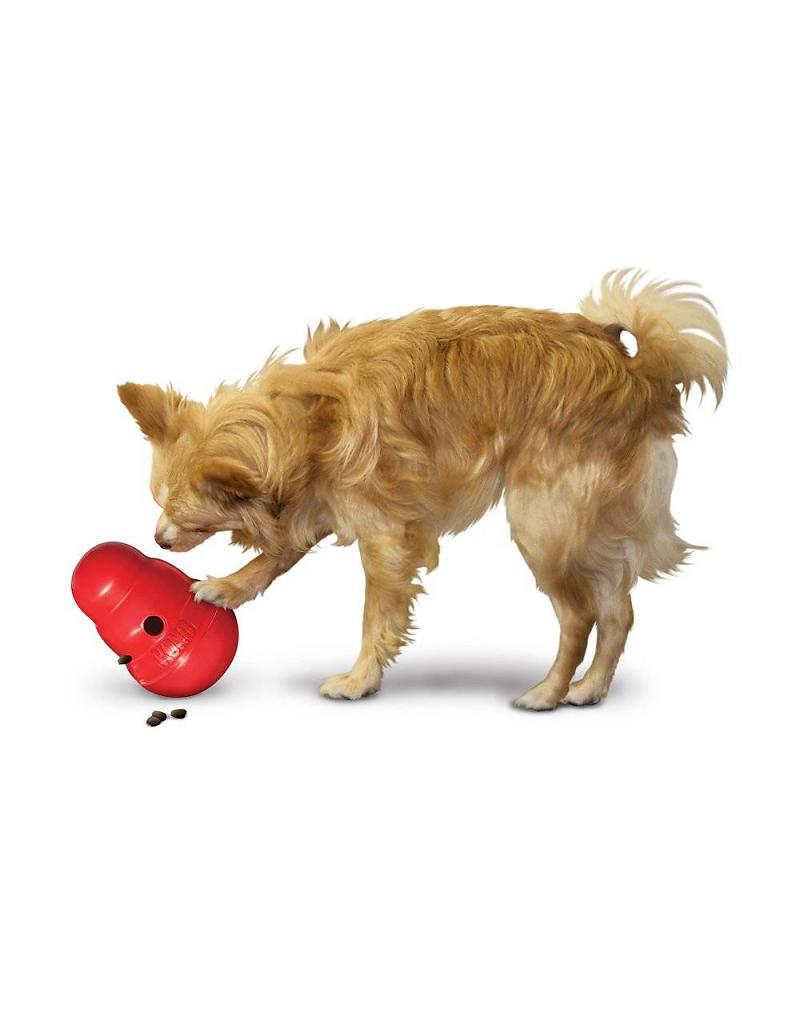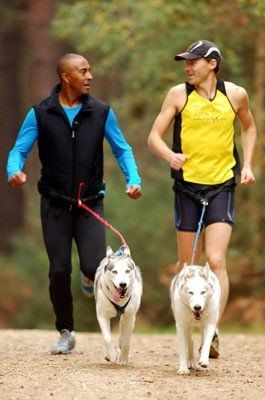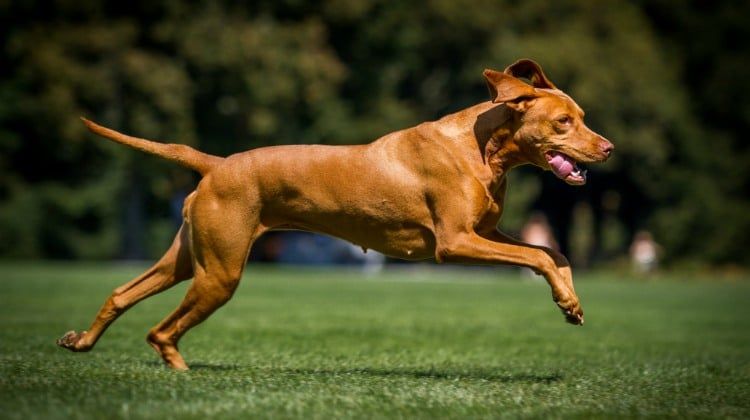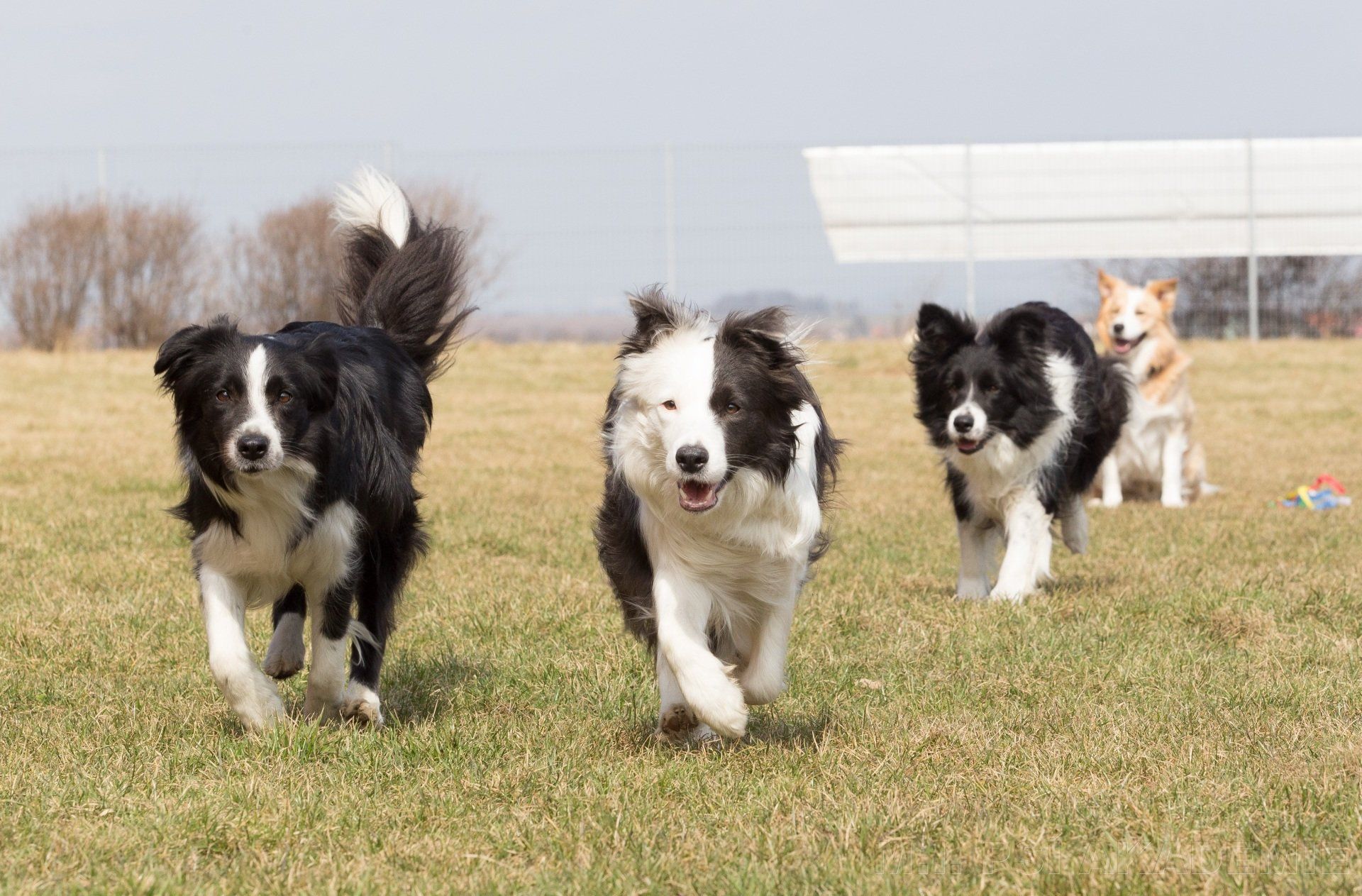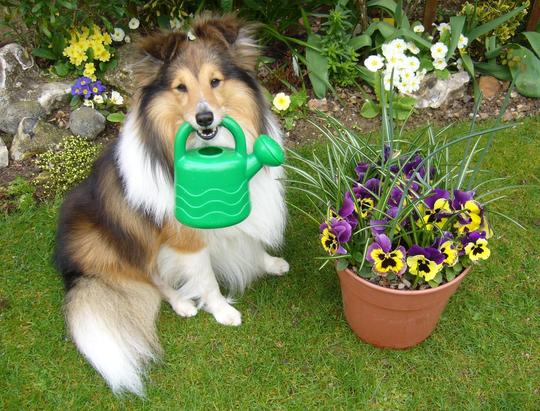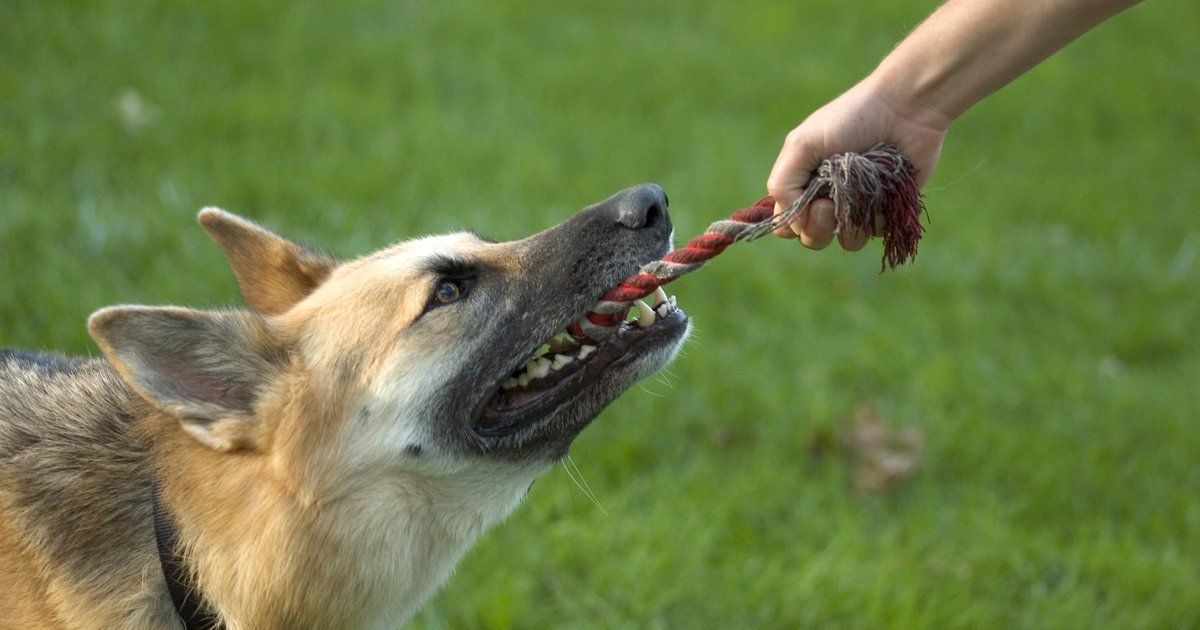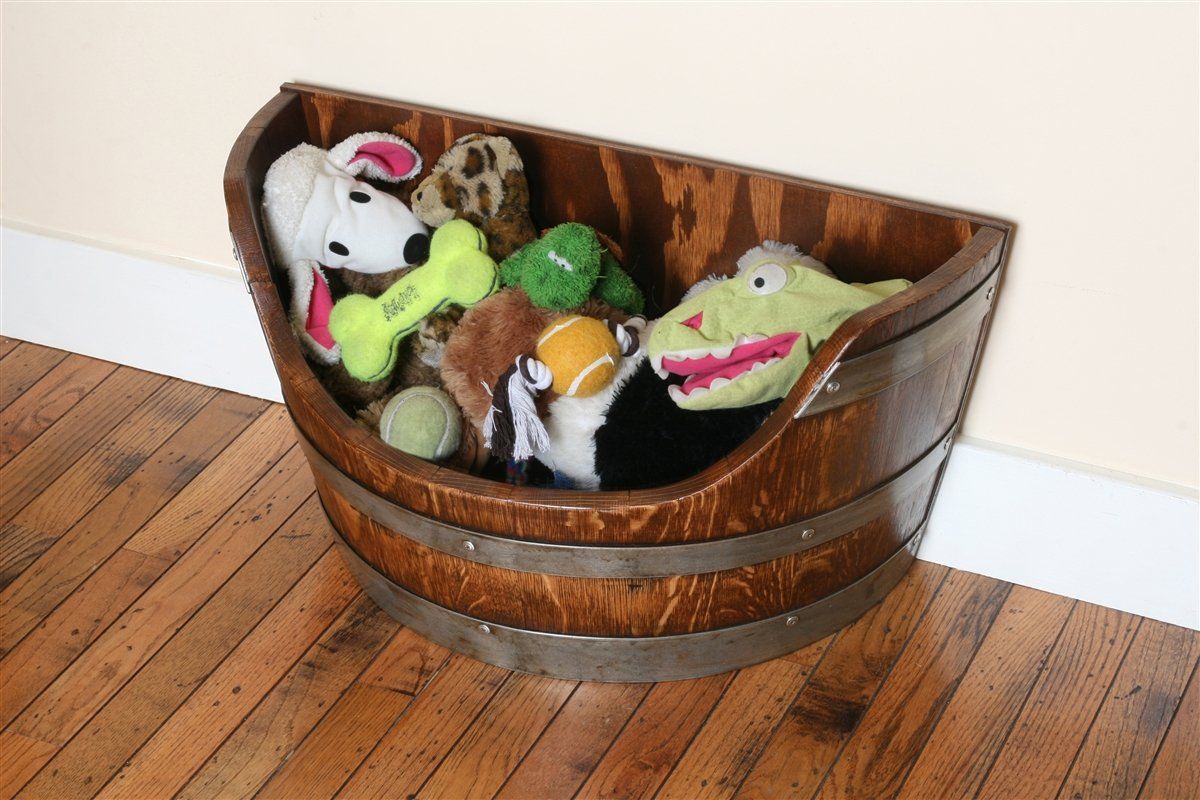Feeding time
The food bowl or not the food bowl, tis the question
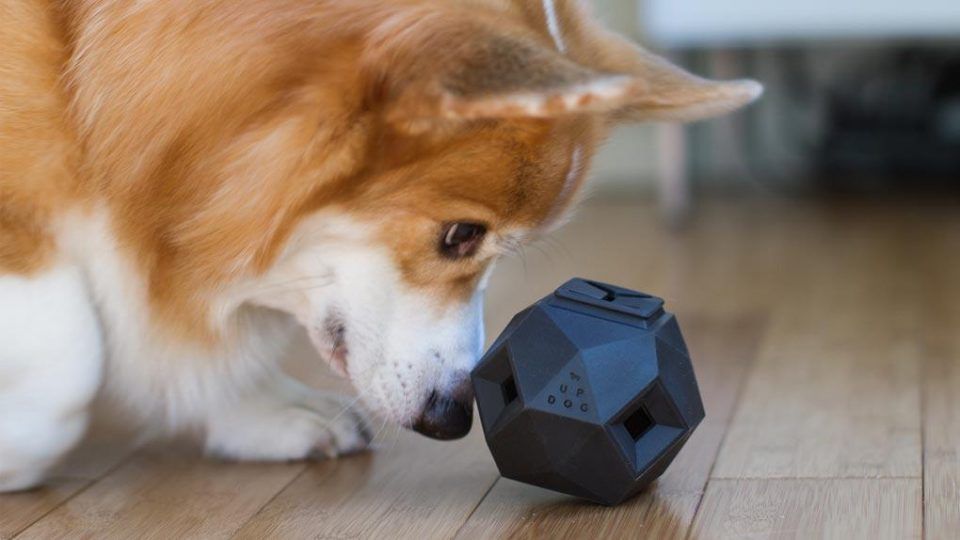
The feeding time harnesses a power most people ignore, mostly because they're unaware of it's potential. But making sure you're using your dog's feeding time as working
time, is immensely easy, useful and provides great long-term effects. And that's why I don't feed my dog off a normal food bowl.
So let's look at the most common way people feed their dogs!
'Round the clock feeding
This is the worst type of feeding as it usually leads to a fat and lazy animal that is impossible to train due to lack of interest in food. And why would he? His food is always there waiting for him, harvesting bacteria and slowly decomposing. So why on earth should he sit when you ask, or come when you call, if he can just take him self to the bowl to eat... anytime.
Feeding times off a food bowl at meal times
Feeding off of a normal food bowl, gives the dog the chance to eat in 5 seconds - some dogs taking less time - in an inhaling fashion that can lead to bloat and blockage of the airways, amongst other things. It also provides the dog with no mental stimulation and makes the food, whichever food it is, a boring and ordinary supply of energy that has no hope of becoming more.
Feeding times off a feeding device/toy/activity
Using a dog's feeding times to your advantage is a remarkable idea, keeps the dog mentally active, tiring him or her out, gives the food value, as the animal has to work for it, and it's a doggy activity that doesn't have to involve you, besides the short lived preparation time. But what does that look like?
I ditched the food bowl for a selection of things to make my dog work for his food and keep him busy.
Option 1 is a slow feeder, where I put the food, much like a normal food bowl. This food bowl however has lots twirls, ups and downs, and small barriers to keep the food safe from inhalation, so the dog has to actually use his brain to find out how to access it.
Option 2 is a treat ball or kong wobbler. This is a hollow toy with a whole or removable part, through which you place your dog's food. The animal has to make the ball roll, or the wobbler wobble, in order to access the few - if any - bits of food that come out. This generally takes longer that the slow feeder but it doesn't work with wet food.
Option 3 is scatter on a snuffle mat, which is a small mat full of long fleece strands in which the food gets lost, giving the dog a great time, trying to find it to eat it. This helps with problem solving and develop the use of the nose.
Option 4 is a scatter feed (often in the garden), which means the animal has to physically search for every individual bit of food between your weeds/grass/rocks/etc.
Any of those, ups my dog's feeding time up to 8 minutes, giving me a nice dog free breakfast and dinner. He gets to exercise his noggin and learn about problem solving, spatial awareness and how to use his body - thrashing the kong or ball, using paw or tongue for slow feeder, or using the nose to slowly finding every bit of food.
Other tips!
If you don't have any of these, simply putting a tennis ball inside the dog's normal food bowl also helps, as he has to work his way around the ball to access the food.
Give you dog a raw cracked and leaking egg still in the shell (also known as calcium) on top of his dinner - slow feeder only.
Give your dog a whole carrot or broccoli stork, keeps him busy for ages.
